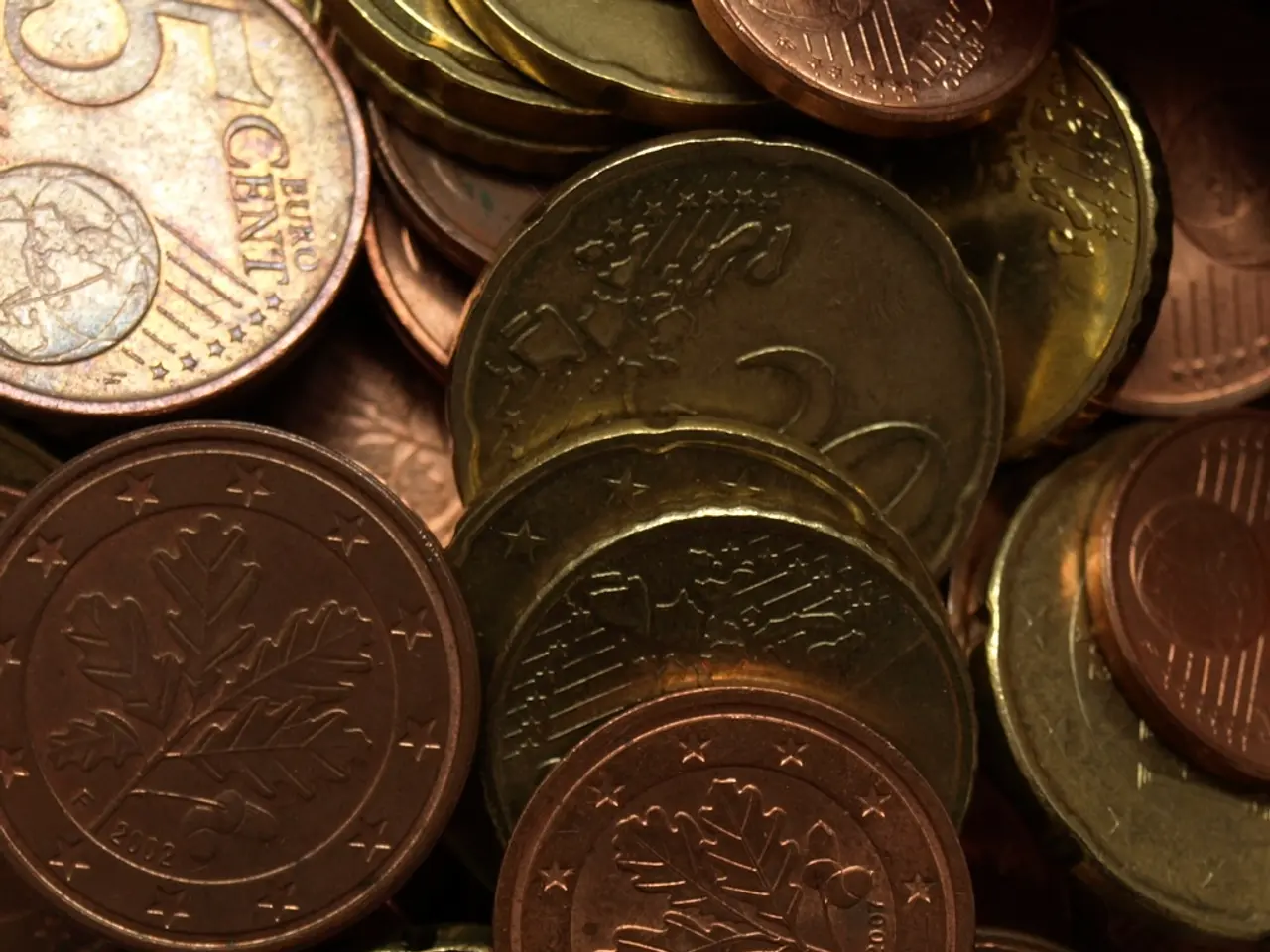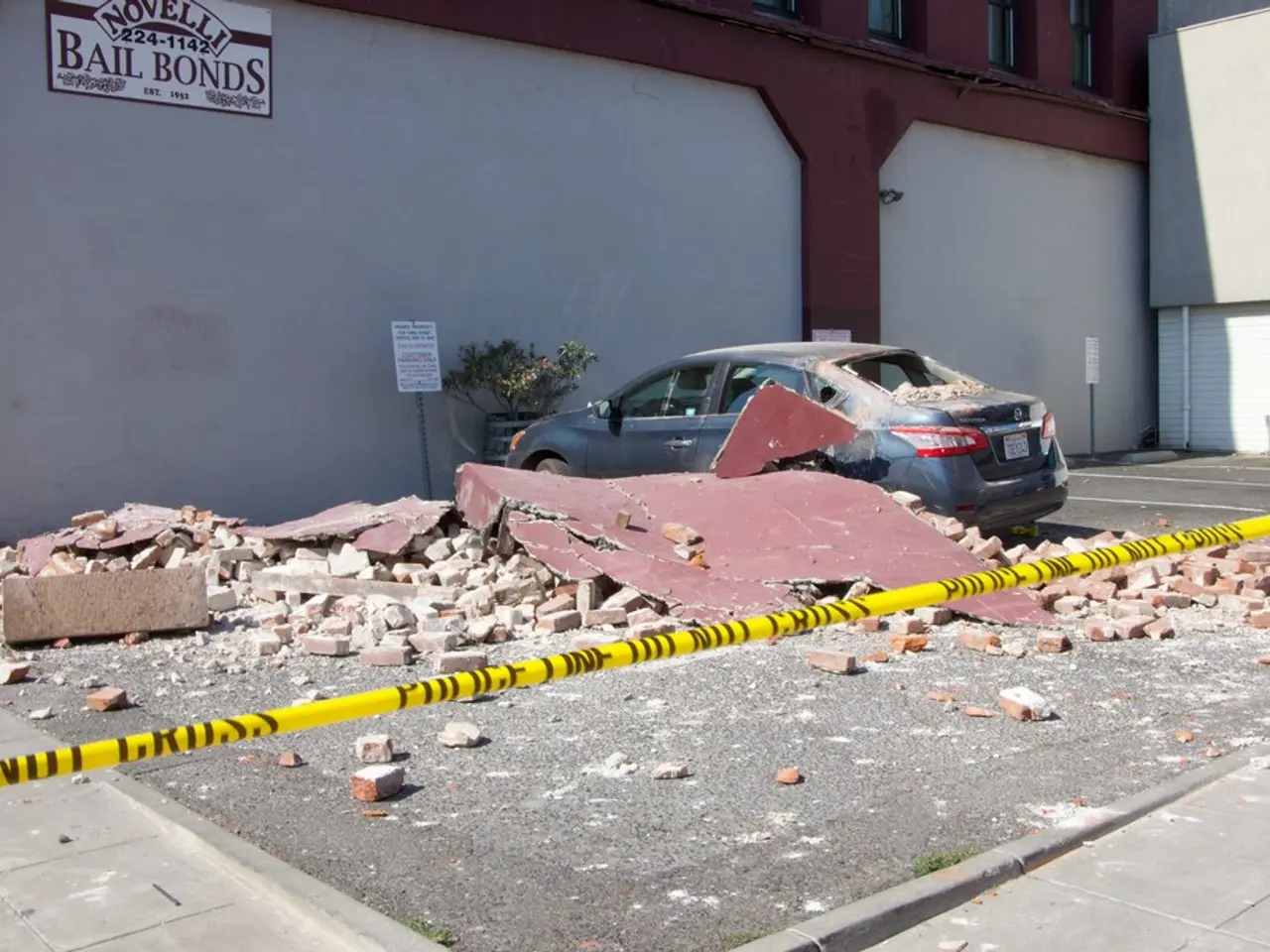Austin Real Estate Trends and Predictions for 2025-2026
=========================================================================
Austin, Texas, continues to be a vibrant city attracting real estate investors and homebuyers alike. With its strong economy, growing population, and a diverse range of rental properties, the city should remain on the radar for those looking to invest in the property market.
Despite Austin homes being among the most overvalued in the nation, the cost of living is generally lower compared to other major cities, making homeownership a more realistic goal for some buyers. The city's business-friendly environment, investor-friendly legal framework, and lack of state income tax further make it an attractive destination for real estate investors.
The latest forecast for the Austin housing market through 2026 and beyond indicates a buyer-favorable environment with moderate price growth and abundant inventory, continuing the transition to a balanced market rather than a sharp crash.
Median home prices in Austin are expected to rise modestly by about 3-4% annually in 2025 and 2026, reflecting moderate appreciation rather than rapid growth or crash. Home sales, both new and existing, are forecast to increase, with new home sales rising approximately 5-10% annually and existing home sales up 6-11% during 2025-2026, signaling market stabilization and recovery from earlier slowdowns.
Inventory levels are at a 20-year high in the Austin metropolitan area, with over 12,000 active-minus-pending listings as of mid-2025. This surplus supply is projected to continue providing strong buyer leverage and price negotiation power through at least 2026.
Builders are actively adding new homes despite the large inventory, but factors like labor shortages and land costs will temper rapid increases. Demand is shifting toward energy-efficient, multi-generational, and smaller homes.
Austin is part of the Sun Belt metros where inventory recovery has been faster than national averages, moving toward a more balanced market rather than a booming seller's market or severe downturn. Historical parallels suggest that elevated inventory and buyer-favorable conditions in Austin may persist for 12 to 18 months or more before stabilization occurs, implying a gradual normalization rather than volatility.
While certain neighborhoods in Austin are emerging as hot spots for growth, such as North Austin and East Austin, some traditionally desirable neighborhoods are witnessing slower sales due to higher prices and mature markets.
Compared to major cities like San Francisco and Los Angeles, Austin's median price tag is high but still relatively affordable. Austin's job market, driven by tech industries, educational institutions, and healthcare services, plays a significant role in driving housing demand.
Potential buyers and investors should remain vigilant and conduct thorough market analysis to understand both local and national economic indicators that could influence Austin's real estate landscape. Despite discussions about a housing bubble, Austin's current market dynamics suggest a more nuanced reality, with recent market corrections not necessarily indicating a bubble that is about to burst.
In conclusion, the Austin real estate market is expected to continue its transition towards a balanced market, offering moderate price growth and a buyer's advantage due to high inventory. A significant crash is not forecasted; rather, the market is expected to stabilize with moderate growth and balanced supply-demand conditions.
- For those considering investment in the property market, Austin, Texas, remains an attractive destination due to its strong economy, growing population, and diverse rental properties.
- The cost of living in Austin is generally lower compared to other major cities, making homeownership a more realistic goal for some buyers.
- The forecast for the Austin housing market indicates a buyer-favorable environment with moderate price growth and abundant inventory, continuing the transition to a balanced market.
- Median home prices in Austin are expected to rise modestly by about 3-4% annually, with both new and existing home sales forecast to increase.
- Inventory levels in Austin are at a 20-year high, providing strong buyer leverage and price negotiation power.
- While builders are adding new homes, factors like labor shortages and land costs will temper rapid increases in inventory.
- Austin's real estate market is expected to normalize gradually rather than experiencing volatility, with certain neighborhoods like North Austin and East Austin experiencing growth.
- Potential buyers and investors should conduct thorough market analysis to understand economic indicators that could influence Austin's real estate landscape, as discussions about a housing bubble may not signify an imminent burst.
- The Austin real estate market is expected to stabilize with moderate growth and balanced supply-demand conditions, offering a potential for long-term investment in real estate, finance, and housing-market news.




